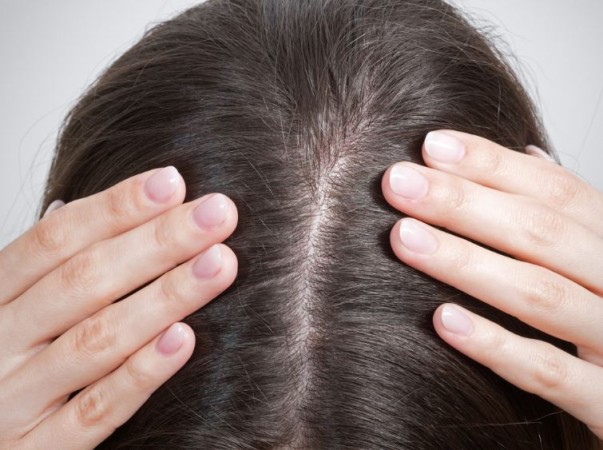
Hair is not only a defining aspect of (How to increase hair density) our appearance but also a significant factor in self-expression and identity. Hair density, often overlooked compared to other hair-related attributes, plays a crucial role in how our hair looks and feels. In this article, we (How to increase hair density) will delve into the concept of hair density, its importance, and various methods to measure it accurately.
Understanding Hair Density
Hair density refers to the number of individual hair strands on a specific area of the scalp. It is a fundamental characteristic that contributes to the overall volume, thickness, and appearance of one's hair. Hair density can vary significantly from person to person and is influenced by factors such as genetics, age, health, and hormonal changes.
Importance of Hair Density
Hair density is a key factor in determining the overall look of your hair. People with higher hair density tend to have thicker-looking hair, while those with lower hair density might experience thinner-looking hair. Understanding your hair density can help you make informed decisions about hairstyles, haircuts, and hair care routines. Moreover, it can aid in identifying potential hair loss or thinning issues early on.
Measuring Hair Density
There are a few methods to measure hair density, ranging from simple at-home techniques to more advanced professional assessments:
Visual Inspection: This is a basic method where you visually assess the density of your hair by parting it and observing the amount of visible scalp. While this method provides a general idea, it lacks precision and may not be suitable for accurate measurements.
The "Ponytail" Method: This method involves creating a ponytail at the crown of your head and measuring its circumference. A thicker ponytail indicates higher hair density, while a thinner one suggests lower density. However, this method might not consider variations in hair texture and may not provide the most accurate results.
Cross-Sectional Analysis: In this method, a small portion of hair is gathered and measured for its diameter. Thicker individual strands suggest higher density, while thinner strands indicate lower density. This method provides a more objective measurement compared to visual methods.
Phototrichogram: A phototrichogram is a sophisticated technique used by dermatologists to assess hair density. It involves capturing magnified images of a specific area of the scalp and analyzing the individual hair follicles. This method provides a detailed and accurate measurement of hair density.
Densitometry: Densitometry involves using specialized equipment to analyze the scalp and hair follicles. It provides a quantitative measurement of hair density and is often used in clinical settings to monitor hair loss or growth treatments.
Understanding your (How to increase hair density) hair density is essential for making informed decisions about your hair care routine, styling choices, and identifying any potential hair-related concerns. While various methods are available to measure hair density, it's important to consider the accuracy and reliability of each approach. For a comprehensive assessment, consulting with a dermatologist or hair care professional can provide valuable insights into your hair density and overall hair health.
How to Create a Healthy and Balanced Diet Plan?
High Cholesterol: Your Breath Can Indicate If Your Cholesterol Levels Are Rising